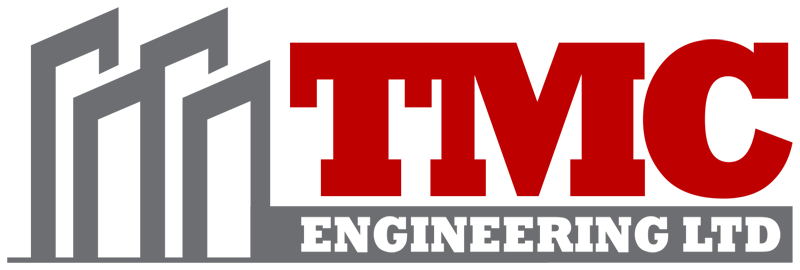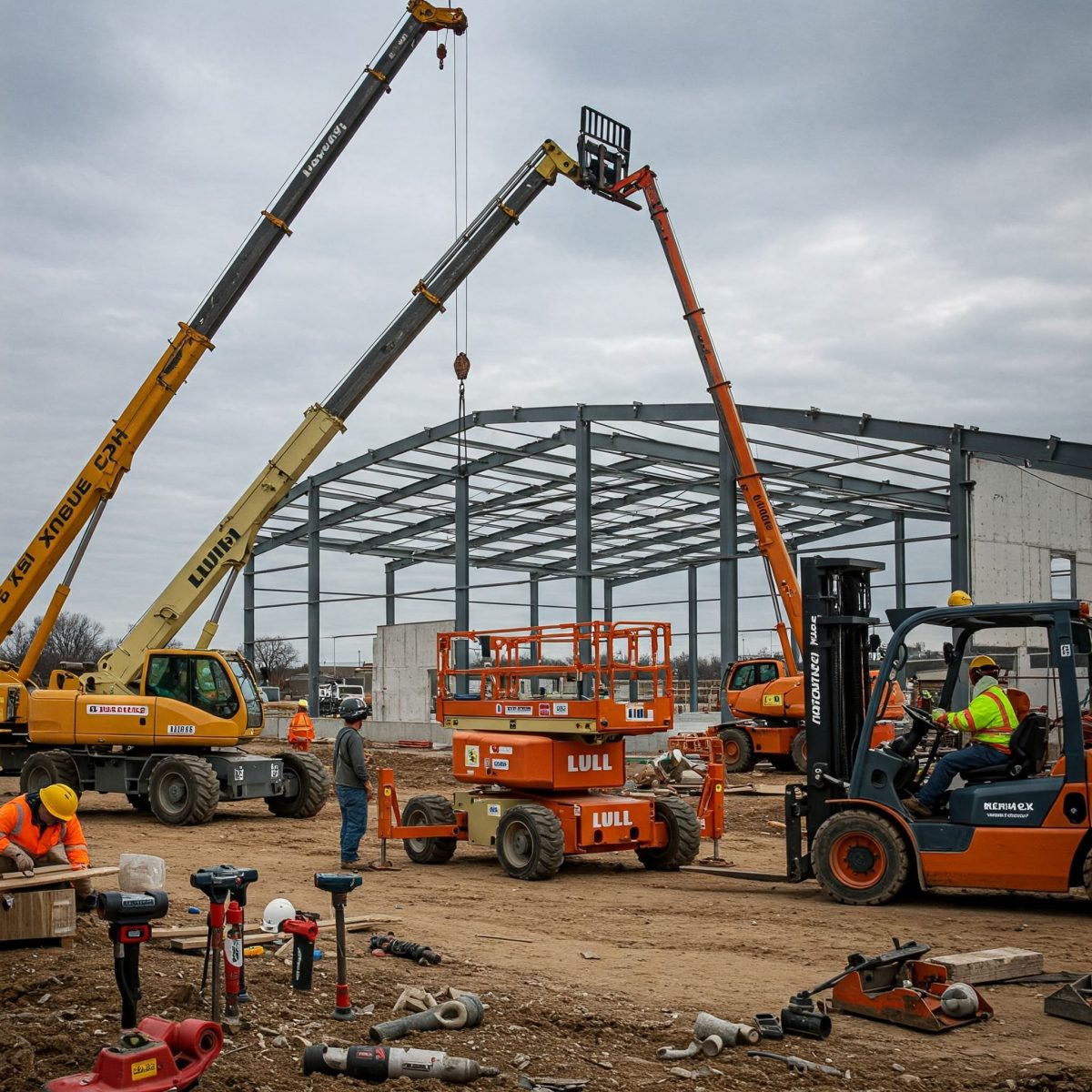We frequently get asked about the tools required for metal building installation. Many of our projects are erected by general contractors or subcontractors. We’re always ready to support owners and contractors through the entire process. We handle the design, fabrication, and delivery of your steel building, and offer comprehensive support during erection. This includes everything from initial reviews of the erection drawings to on-site technical support and inspections. We can even arrange a final walkthrough and punch list to guarantee your building matches the engineered drawing package.
The process of installing a steel building involves tools, equipments, labour and supervision. A master plan and schedule help greatly to efficiently complete the project.
Here we will focus on the tools and equipment needed to be a metal building contractor. Many of these tools can be bought in Nassau at hardware stores like CBS Bahamas. Equipment can be owned, provided by the job site contractor or owner, or rented from LA Engineers.
A metal building erection crew needs a variety of tools to safely and efficiently assemble the structure. Here’s a breakdown of the essential categories and some specific examples:
1. Lifting Equipment:
* Cranes: For lifting and placing large structural members like columns and beams.
* Forklifts: For moving materials around the site and lifting lighter components.
* Scissor Lifts or Boom Lifts: For working at height and accessing hard-to-reach areas.
* Chain Hoists or Come-Alongs: For lifting and positioning smaller pieces.
2. Tools for Assembly:
* Erection Wrenches (Spud Wrenches): Used for tightening bolts and aligning structural members.
* Impact Wrenches: For quickly tightening bolts and nuts.
* Drills and Drill Bits: For drilling holes for bolts and fasteners.
* Riveters: For installing rivets in specific applications.
* Metal Cutting Tools:
* Saws (Circular Saws, Reciprocating Saws): For cutting metal panels and framing.
* Shears or Nibblers: For trimming and shaping metal sheets.
* Measuring Tools:
* Tape Measures: For accurate measurements.
* Levels: To ensure structural components are plumb and level.
* Plumb Bobs: For vertical alignment.
* Chalk Lines: For marking straight lines.
3. Safety Equipment:
* Hard Hats: Essential for head protection.
* Safety Glasses: To protect eyes from debris and projectiles.
* Safety Harnesses and Lanyards: For fall protection when working at height.
* Safety Boots: With steel toes to protect feet.
* Gloves: For hand protection.
4. Other Essential Tools:
* Tool Belts: To keep frequently used tools readily accessible.
* Bolt Cutters: For cutting bolts and other metal fasteners.
* Hammers: For various tasks, including driving pins and aligning components.
* Pliers: For gripping and manipulating materials.
* Screwdrivers: For assembling components with screws.
* Caulking Guns: For applying sealant to joints and seams.
* Brooms and Cleaning Supplies: To keep the work area clean and organized.
* First Aid Kit: For treating minor injuries on-site.
* Fire Extinguishers: To address potential fire hazards.
Important Considerations:
* Tool Quality: Invest in high-quality tools that are durable and reliable.
* Tool Maintenance: Regularly inspect and maintain tools to ensure they are in good working condition.
* Safety Training: Ensure all crew members are properly trained in the safe use of all tools and equipment.
* Site-Specific Needs: The specific tools required may vary depending on the size and complexity of the metal building project.
Additional Tips:
* Consider renting specialized equipment that is not frequently needed.
* Keep an inventory of all tools and equipment to prevent loss or theft.
* Store tools properly to protect them from damage and ensure they are readily available.
By having the right tools and equipment, a metal building erection crew can complete projects efficiently, safely, and to a high standard.

